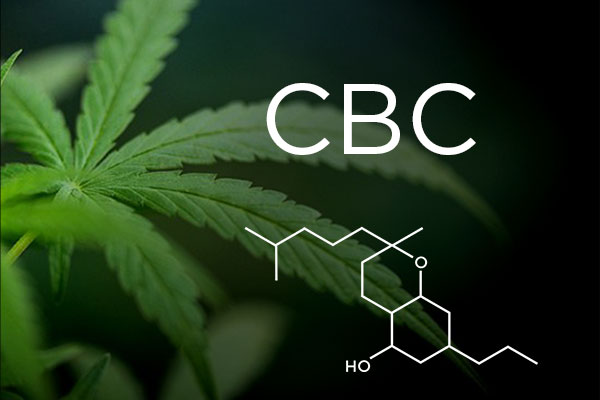
The Potential Benefits of Cannabichromene For Pain Relief
If you’re looking for a pain-reducing and anti-inflammatory cannabinoid, you may want to consider cannabichromene (CBC). Like THC and CBD, it doesn’t produce a psychoactive high.
CBC also works with TRPV1 receptors in nerve cells and is sensitive to heat, acidity, and pressure stimuli. CBC, over time, desensitizes these channels and helps reduce the number of inflammatory substances released.
Anti-Inflammatory Properties
The cannabis plant is full of cannabinoids resembling lipid molecules in our bodies. They bind to a cell-signaling system called the endocannabinoid system (ECS) and help regulate primary cell functions and homeostasis.
Once you buy, cannabichromene wholesale is one of the most promising non-psychoactive cannabinoids in research. It interacts with our body in a different way than THC, and it produces pain-relieving effects without the psychoactive high.
Several studies have shown that CBC inhibits inflammation and reduces edema (swelling). This anti-inflammatory property is not due to THC’s interaction with our CB1 and CB2 receptors. Still, instead, it interacts with our TRP receptors, which regulate fundamental cell functions like proliferation, relaxation, contraction, and apoptosis. This makes CBC powerful in reducing inflammation, especially when combined with other cannabinoids to form the entourage effect.
Analgesic Effects
If you’ve ever taken a cannabis extract, chances are you’ve heard of tetrahydrocannabinol (THC) and cannabidiol (CBD). But there’s another cannabinoid with significant potential: cannabichromene.
CBC’s analgesic effects are believed to be due to its interaction with spinal nerves. This pain-relieving effect is similar to those of morphine and other opiates.
It also has anti-inflammatory properties that reduce swelling and inflammation, which can help relieve pain in certain conditions. The research suggests that CBC works by inhibiting the uptake of anandamide, an endogenous cannabinoid responsible for regulating several processes in the body, including inflammation.
In animal models, CBC has been found to have an anti-inflammatory effect on the nervous system and gastrointestinal tract. This is due to its interactions with transient receptor potential (TRP) cationThese cation channels are similar to cannabinoid receptors and may be essential in regulating pain. In addition, CBC has shown antimicrobial activity against various types of bacteria and fungi.
Anti-Anxiety Effects
Anxiety is one of Australia’s most common mental health conditions and is often treated with tranquilizers such as benzodiazepines. However, these drugs have many side effects that can make anxiety worse.
Thankfully, cannabis can be used safely and effectively to treat many anxiety disorders. Clinical trials have shown that both THC and CBD can effectively treat anxiety and that terpenes are also helpful for alleviating stress.
Cannabichromene (CBC) is a significant cannabinoid like THC and CBD but isn’t well understood. CBC is known for its pain-relieving and anti-inflammatory properties, but it also has mood-boosting, neuroprotective and antimicrobial effects.
Neuroprotective Effects
One of the lesser-known components found in cannabis is cannabichromene (CBC). While it doesn’t get as much attention as THC or CBD, it has been shown to have significant medical benefits.
CBC’s anti-inflammatory and pain-relieving effects are believed to stem from its ability to affect the brain’s endocannabinoid system. This can make it an effective natural remedy for many types of pain.
Moreover, CBC can help protect the brain’s cells from injury and disease. In an in vitro study, CBC improved the growth of neural stem progenitor cells (NSPCs), which are crucial for brain function.
